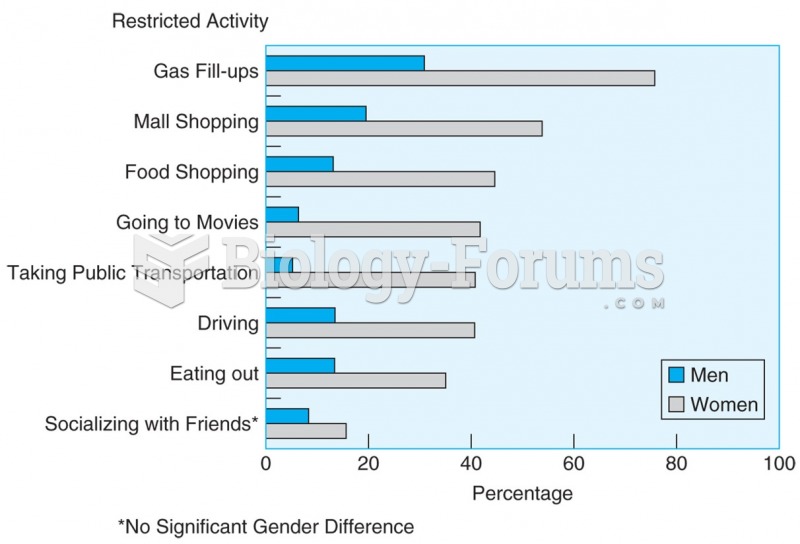Answer to Question 1
Answer: D
Explanation: A) Incorrect. Stereotyping based on past experience occurs when present problems are seen as variations on past problems. A belief that artificially narrows the scope of possible solutions is called artificial constraints.
B) Incorrect. Not separating figure from ground occurs when individuals fail to filter out irrelevant information, which then clouds their analysis of the problem and potential solutions. A belief that artificially narrows the scope of possible solutions is called artificial constraints.
C) Incorrect. Ignoring commonalities occurs when individuals fail to recognize similarities between disparate sets of data. A belief that artificially narrows the scope of possible solutions is called artificial constraints.
D) Correct. A belief that artificially narrows the scope of possible solutions is called artificial constraints because it may not be based in actual realityin this case, the boss may be willing to entertain other alternatives should you bring them to his or her attention.
Answer to Question 2
Answer: C
Explanation: A) Incorrect. Morphological synthesis is a four-step process for combining unrelated information to generate more alternatives. The phenomenon when people fail to identify common themes across multiple areas is called ignoring commonalities.
B) Incorrect. Perceptual stereotyping occurs when problem definitions and proposed solutions are restricted by past experience. The phenomenon when people fail to identify common themes across multiple areas is called ignoring commonalities.
C) Correct. The phenomenon when people fail to identify common themes across multiple areas is called ignoring commonalities.
D) Incorrect. Synectics is a tool for improving problem definition. It involves applying a seemingly unrelated analogy to one's current problem. The phenomenon when people fail to identify common themes across multiple areas is called ignoring commonalities.







